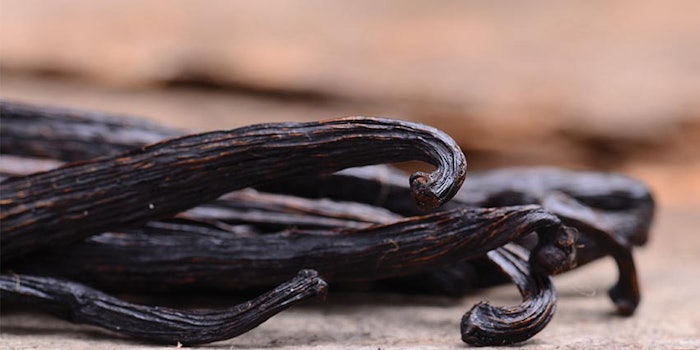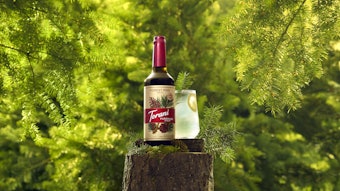
As Madagascar vanilla plantations suffer from climate hazards and biopiracy, the price of vanilla has risen sharply, tenfold over the past five years. Moreover, the use of vanilla, pods or natural extracts by food, fragrances and cosmetics industries has increased undoubtedly. This context encourages fraud. That’s why industry professionals and consumers are increasingly wanting to check the authenticity and traceability of plant raw materials. To provide more guarantees, scientists have developed and improved several different analytical techniques. In this study, we present an efficient genetic technology called barcoding to identify and trace vanilla species. Raw material authentication by barcoding was carried out with long genetic markers, used as a signature for each vanilla species.
This study shows that the barcoding analyses are useful to confirm the use of authentic and natural products before the transformation steps. In the future, these methods, in conjunction with chemical analyses, will be essential in preventing fraud and adulteration.
A Brief History of Vanilla
Vanilla is one of the most used and known natural flavors in the world and is experiencing an increase in global demand.1 Vanilla species belong to the Fabaceae family. Vanilla genus contains about 100 different species and the main cultivated species are native from Mesoamerica.2 In 1739, vanilla was introduced into Europe.3 Then, with increasing demands and supply constraints, cultures were expanded into other geographical areas (islands of the Indian Ocean and Indonesia). To improve productivity and extend marketing, manual pollination was developed in 1838. Today, vanilla production is dominated by Madagascar, Indonesia, Uganda, India, Comores and Mexico.4 The United States is the main vanilla importer (between 1,500-2,000 metric tons annually) and uses it to produce vanilla extracts for export. However, the increase of weather events has induced supply deficits or poor fruits quality. These conditions cause increased vanilla bean prices (multiplied by 20 in 10 years). In 2018, vanilla beans were sold at $600 per kilogram.5 This price modification has a negative impact on the entire vanilla supply chain and ultimately on consumers.
An alternative to this problem is the use of synthetic vanillin obtained from paper and pulp mill by-products.6 However, synthetic vanillin from other plants can be used to adulterate natural ingredients. In this context, it’s important to authenticate and identify plant species used to manufacture products. Moreover, consumers and cosmetics industries are more and more concerned by adulteration and fraud. Today, the presence of natural or synthetic flavors and its main chemical component is detectable thanks to the “Quantitative Natural Abundance 13C NMR” technique.7 This technology shows a link with the plant species used to make a product.
The advantage of this technique is its affordability and its time efficiency. The main disadvantage is that chemistry fails to identify several plant species. To answer this problem, plant genetic research has found that every plant species has a specific genetic signature.8 In literature, different authors report the use of genes for vanilla authentication.9-10 But many authors suggest the interest of several genetic markers to authenticate and trace vanilla species.











